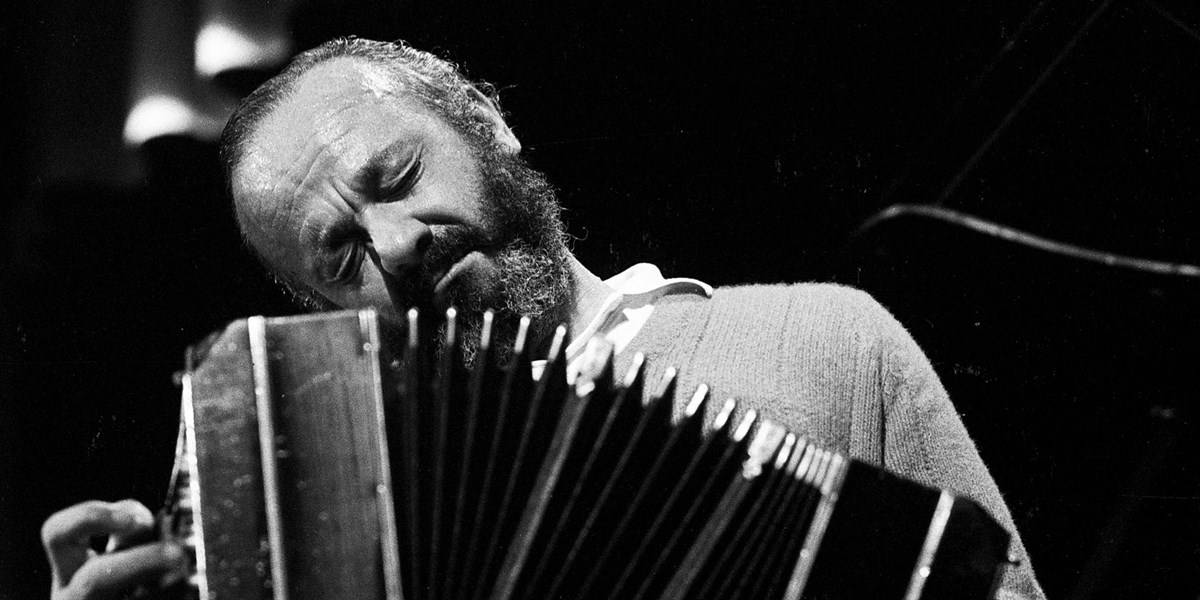Monday, April 19, 2021
How Astor Piazzolla transformed tango
By Chris Moss
Chris Moss assesses the intrepid composer’s impact on music – and why his legacy, 100 years on since the great man’s birth, remains a challenge for contemporary tangueros

Astor Piazzolla [photo: Quinteto Astor Piazzolla]

Register now to continue reading

Thanks for visiting the Songlines website, your guide to an extraordinary world of music and culture. Sign up for a free account now to enjoy:
- Free access to 2 subscriber-only articles and album reviews every month
- Unlimited access to our news and awards pages
- Our regular email newsletters

